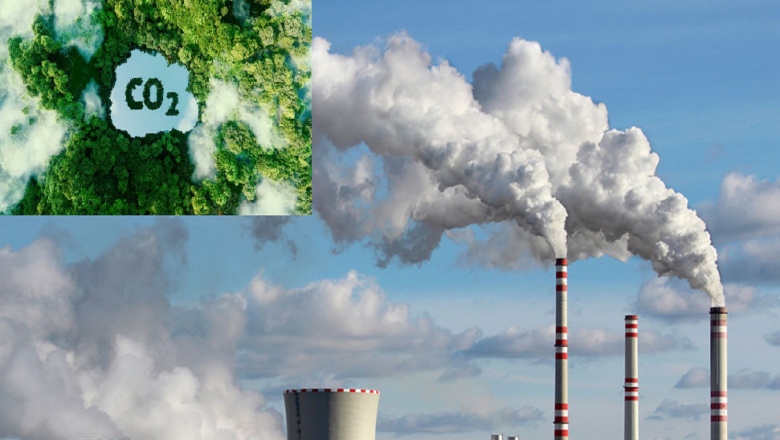
Forests Flip from Climate Heroes to Carbon Villains as Wildfires Rise
Forests long hailed as nature’s best defense against climate change are fast becoming major climate threats. A new policy brief released by the United Nations University Institute for Water, Environment and Health (UNU-INWEH) warns that wildfires are transforming boreal, Amazonian, and Australian forests into powerful carbon emitters undermining global climate targets and exposing critical flaws in current forest-based carbon offset policies.
Titled Beyond Planting Trees Taking Advantage of Satellite Observations to Improve Forest Carbon Management and Wildfire Prevention, the report urges a radical rethink of global carbon sequestration strategies. It reveals how climate change, rising temperatures, and droughts are altering forests so profoundly that planting trees alone may actually ...








